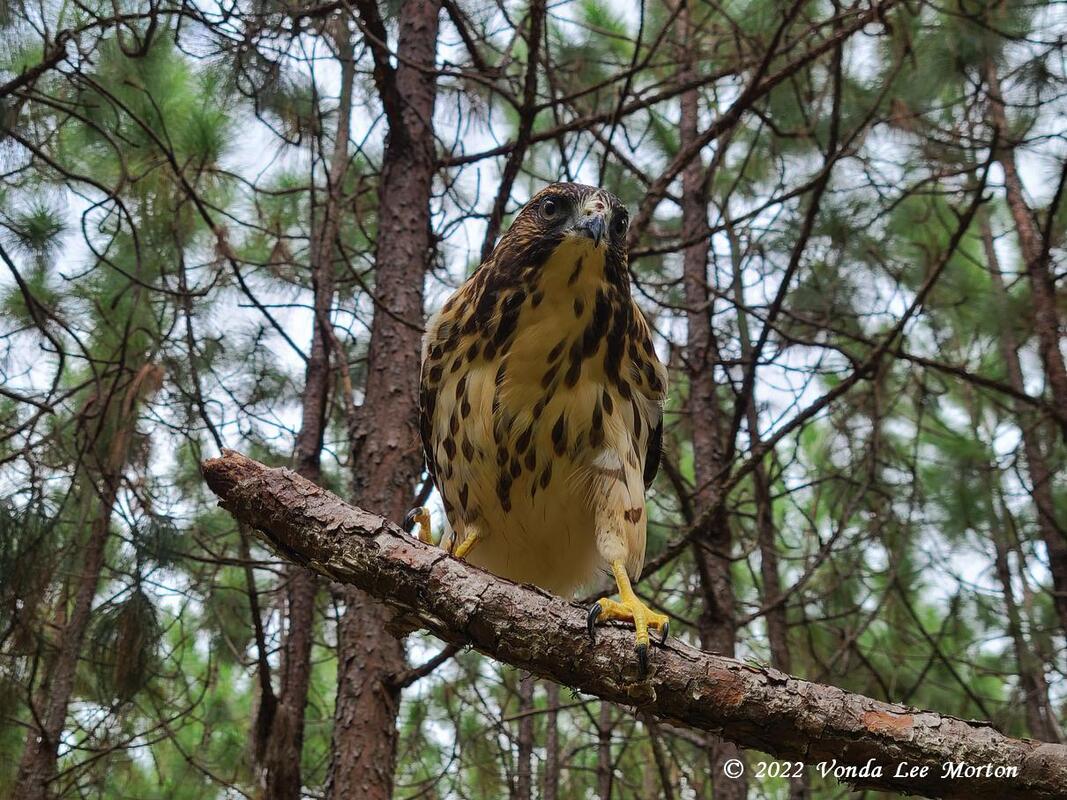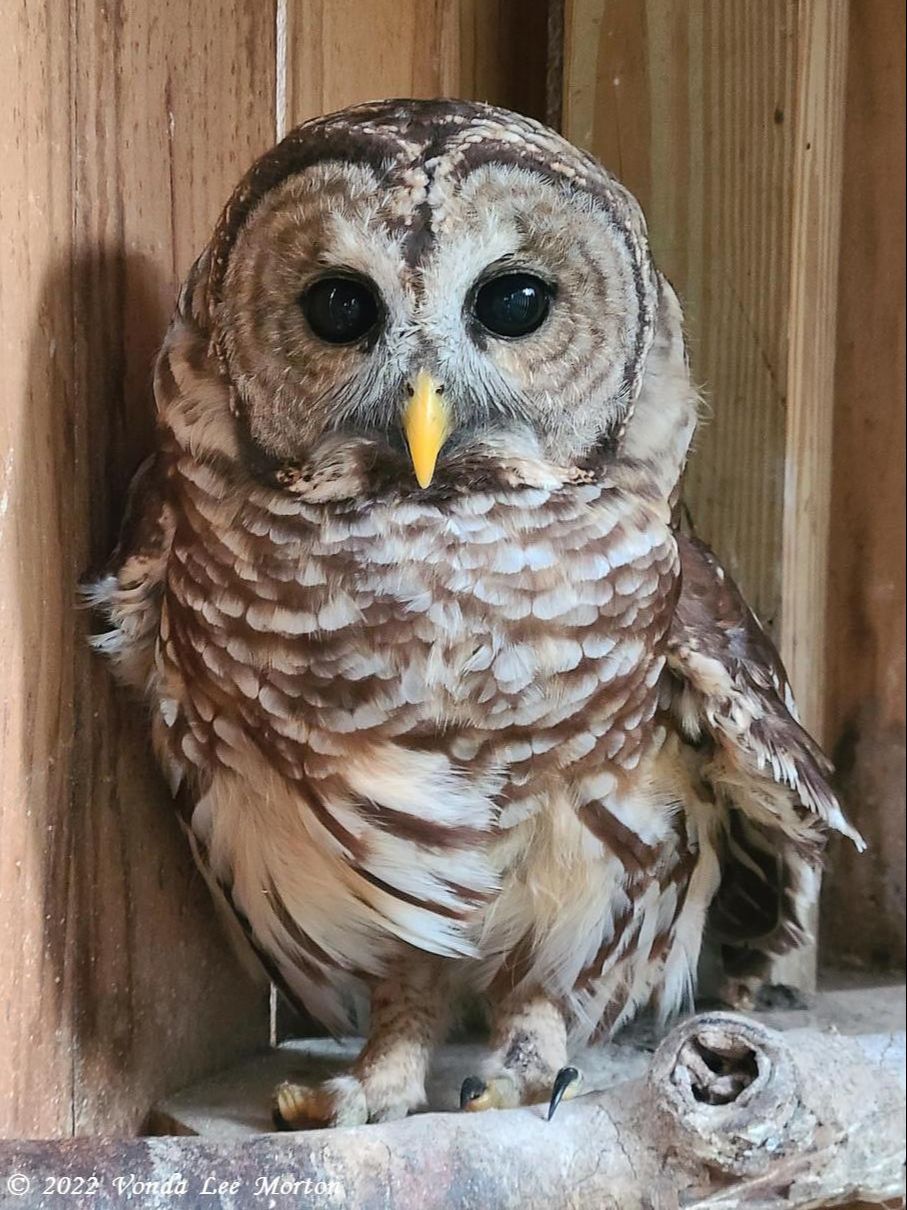This leads me to believe, as Steve and I have discussed several times this year, that the HPAI outbreak in Georgia has been more severe than has actually been documented to date. The lower number of intakes—and for fewer species—many of us have been seeing would seem to support this. Unless large numbers of birds are found dead or dying, as was the case with the vultures, most of the public won’t think twice about finding one or two dead birds—if they’re found at all, as most likely died in the woods and were never discovered. People can’t report what they don’t recognize.
It also makes it difficult for rehabbers, who are used to accepting overflow intakes from colleagues, as DNR is discouraging this common practice to avoid potential spread of HPAI into areas not currently affected. Sadly, it’s a sensible recommendation from DNR, as no one wants to be known as the person who brought the disease into their previously uninfected area.
However, all isn’t gloom and doom. The sharpie who’d come in months ago with the wing fracture and subsequently stress-plucked all his tail feathers finally grew enough tail feathers back for a release.














 RSS Feed
RSS Feed
